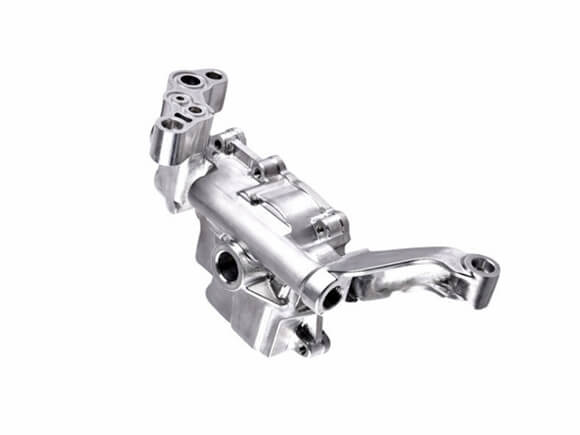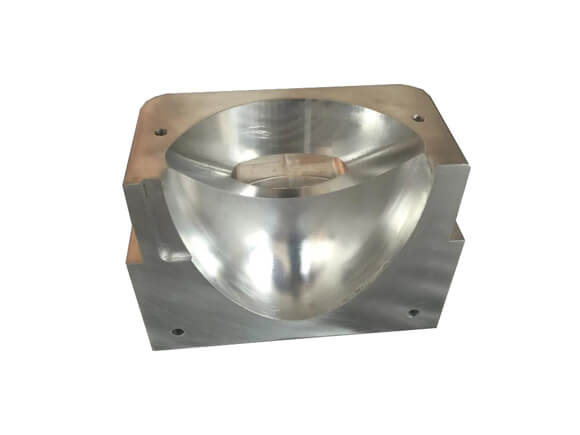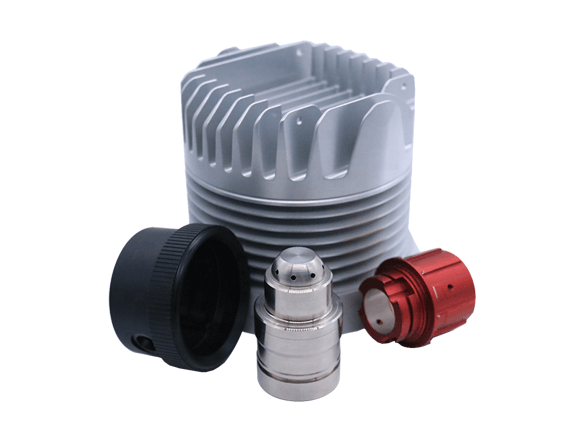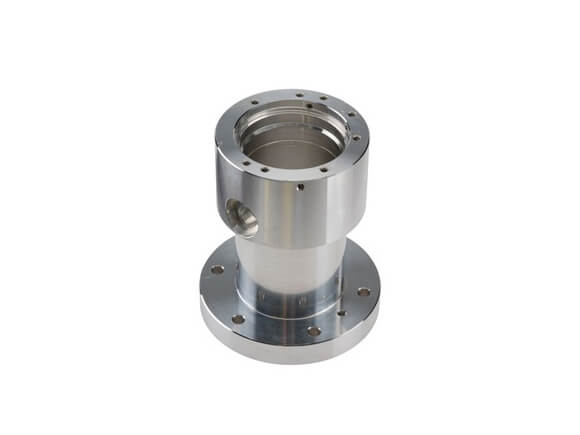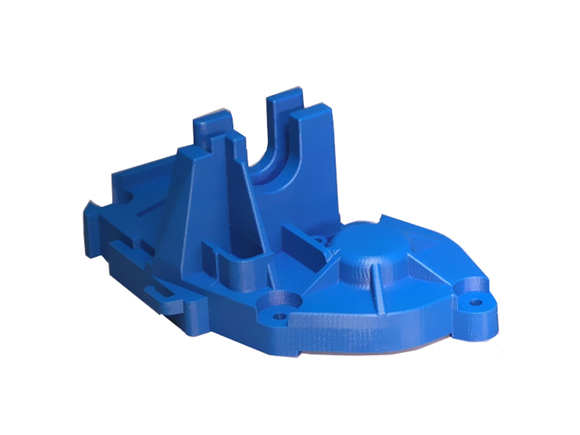Rapid-Prototyping
With the aid of computer-aided design or solid reverse method to obtain the prototype or part geometry and structure, and use this to build a digital model, and then use the computer-controlled mechanical and electrical integrated manufacturing system, the material is "three-dimensionally stacked" formed point by point and side by side. After necessary processing, it can meet the design requirements in terms of appearance, strength and performance, and achieve a rapid and accurate method of manufacturing prototypes or actual parts. Depending on the complexity of the part, this process typically takes 1 to 7 days.
Various rapid prototyping technologies entering the application field use different molding mechanisms, but their processing and manufacturing processes are similar, including the following three steps:
1. Produce CAD design models. First, a computer aided design (CAD) software package was used to generate a three-dimensional solid model of the part. Currently commonly used solid modeling software includes: Pro / E, UG-Ⅱ, Power Shape, etc. It is also possible to obtain the three-dimensional description information of the part through reverse engineering.
2. Convert the 3D CAD design model into STL (STL is the RP technology industry standard) format. In the conversion process, factors such as processing accuracy, processing workload and file capacity must be considered comprehensively.
3. Verwenden Sie die Vorverarbeitungssoftware, um das STL-Modell in eine Verarbeitungsdatei zu konvertieren, dh schneiden Sie das STL-Modell gemäß verschiedenen Herstellungsverfahren in 0,01 bis 0,7 mm dünne Schichten. Bei diesem Verfahren sollten die Koordinaten und die Verarbeitungsrichtung des zu verarbeitenden Werkstücks gemäß den Leistungsanforderungen und dem Prinzip der Minimierung der Verarbeitungszeit unter Berücksichtigung der Unterstützung während der Bearbeitung des Werkstücks ausgewählt werden.


